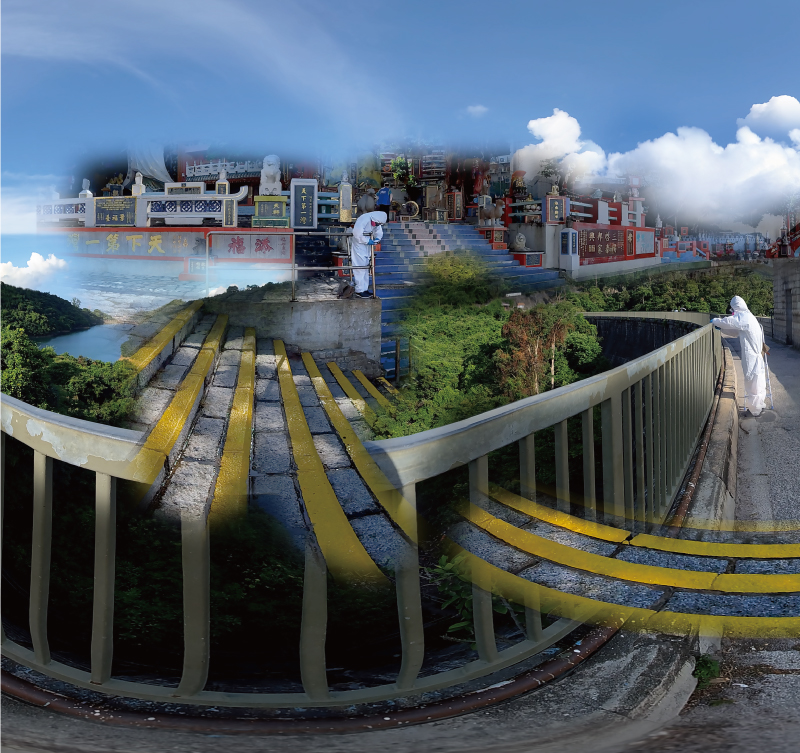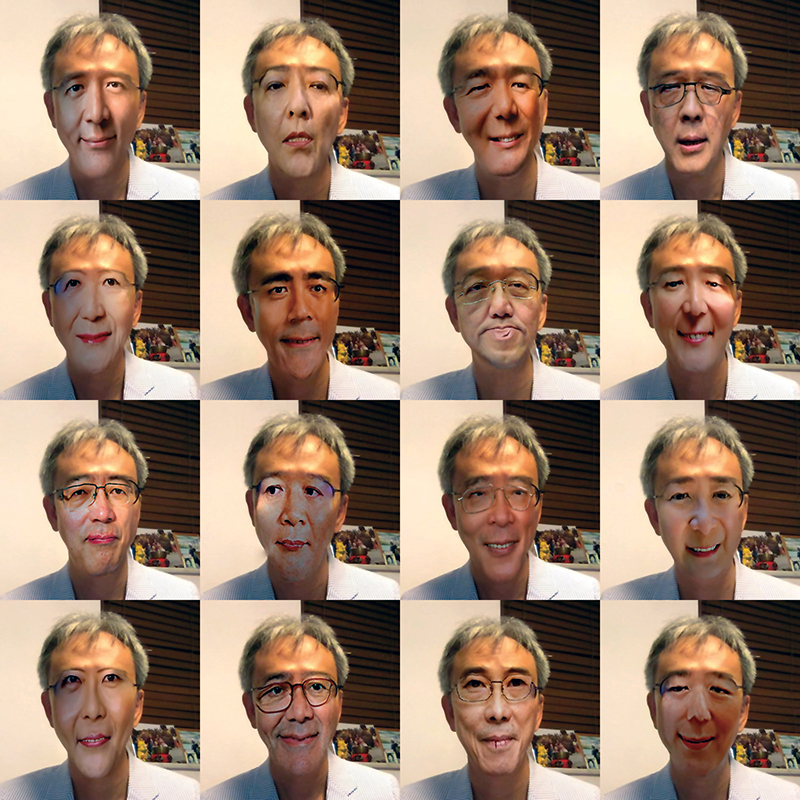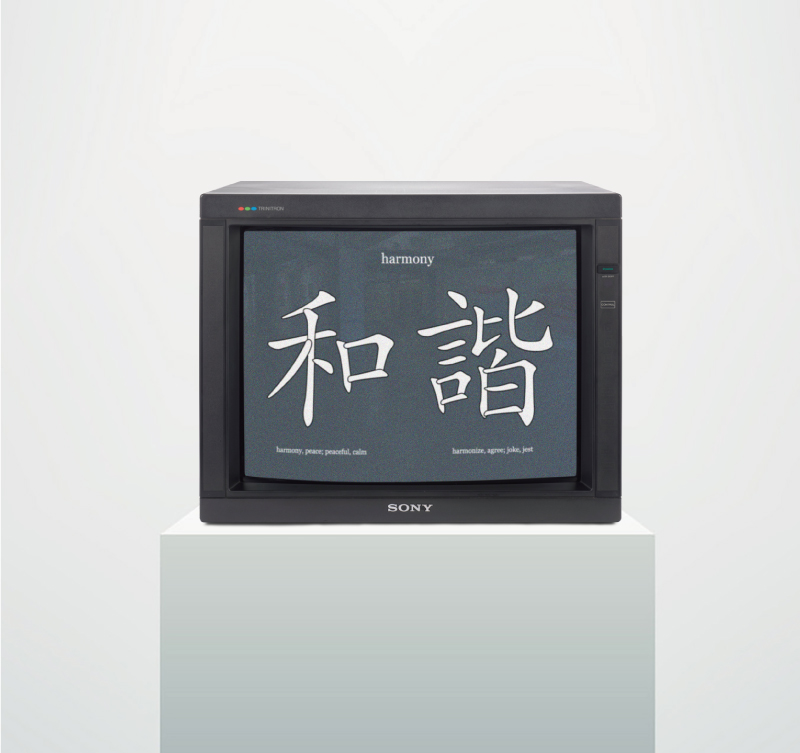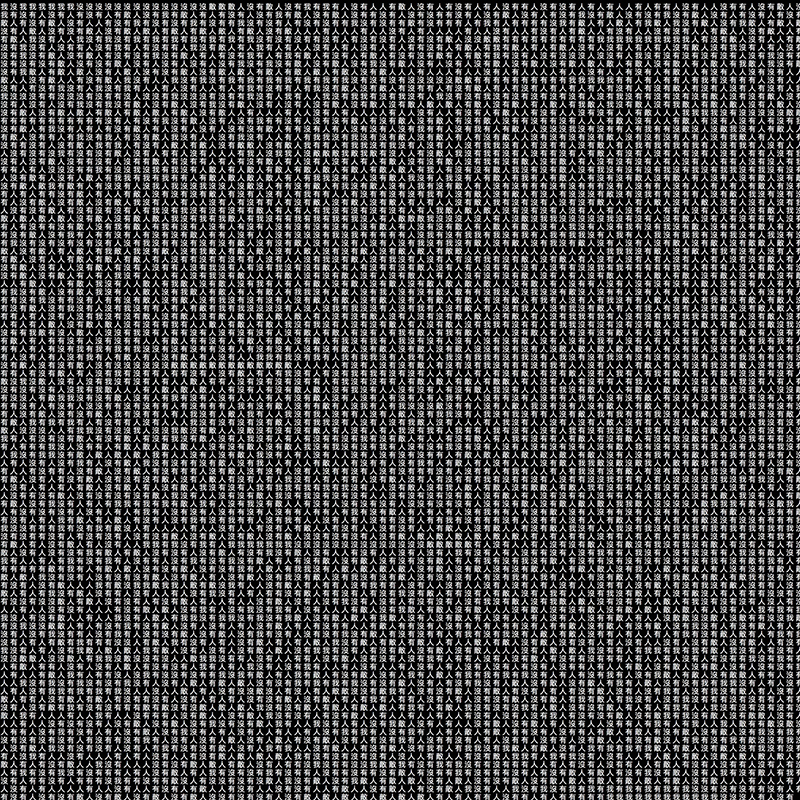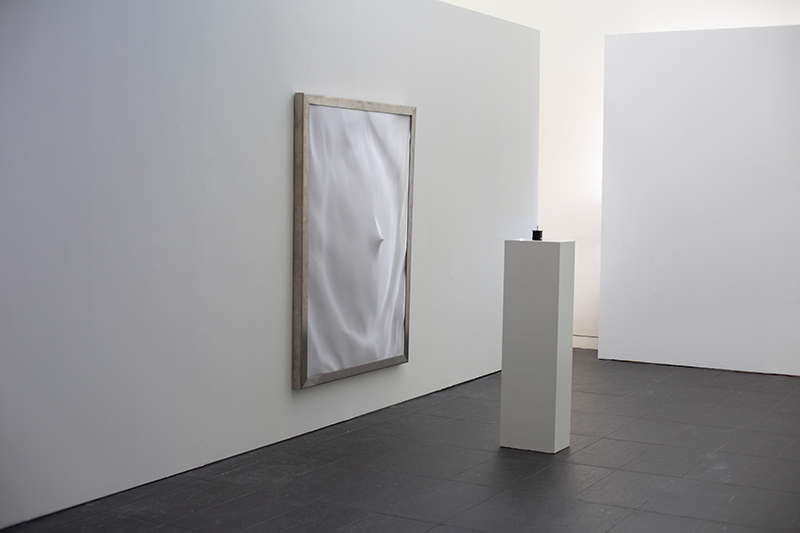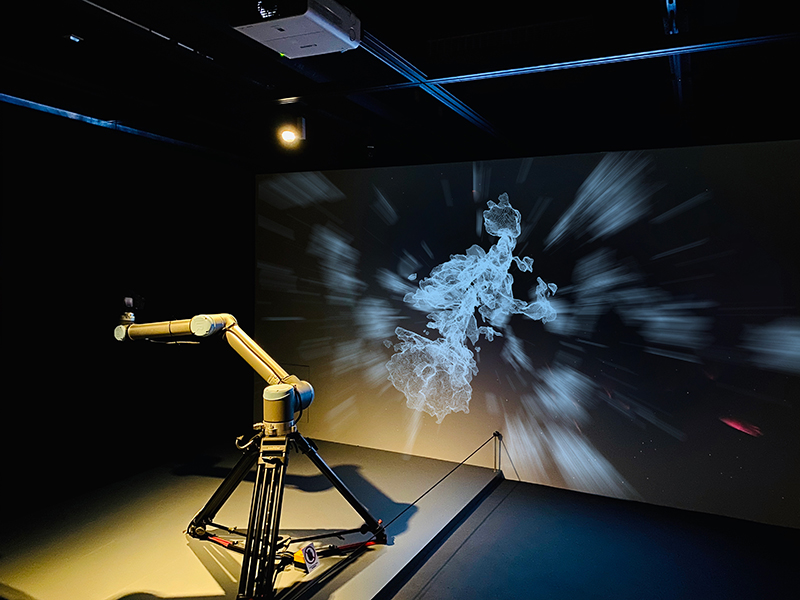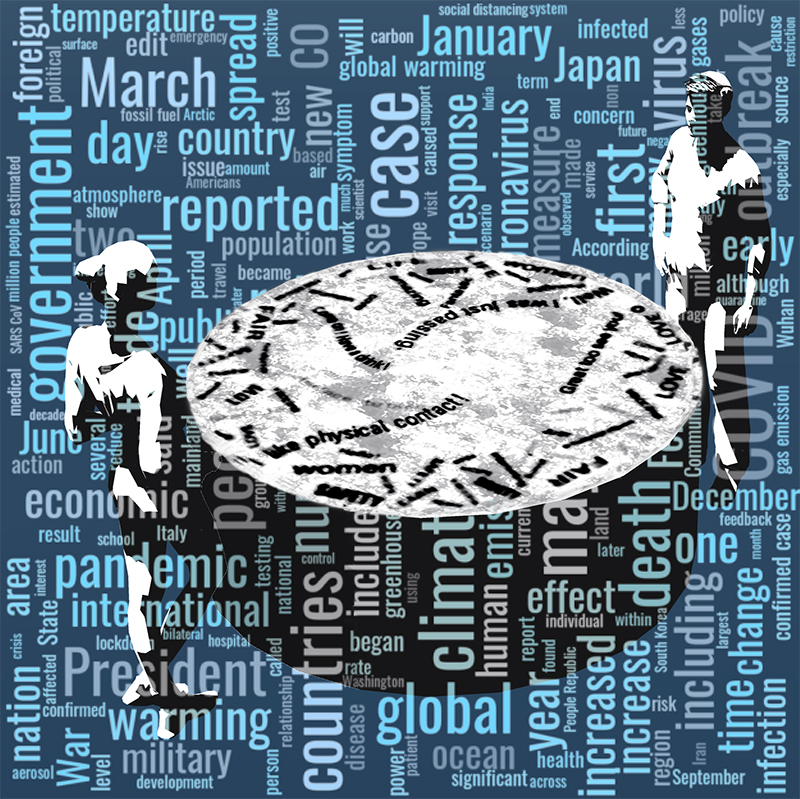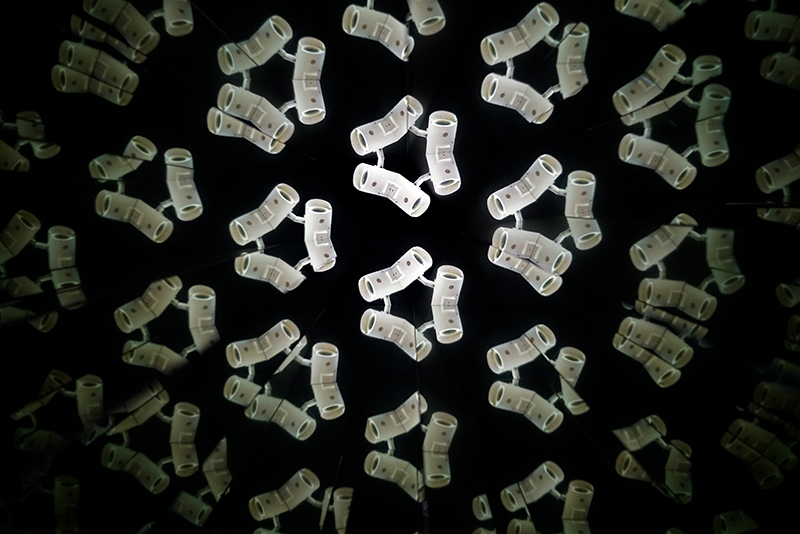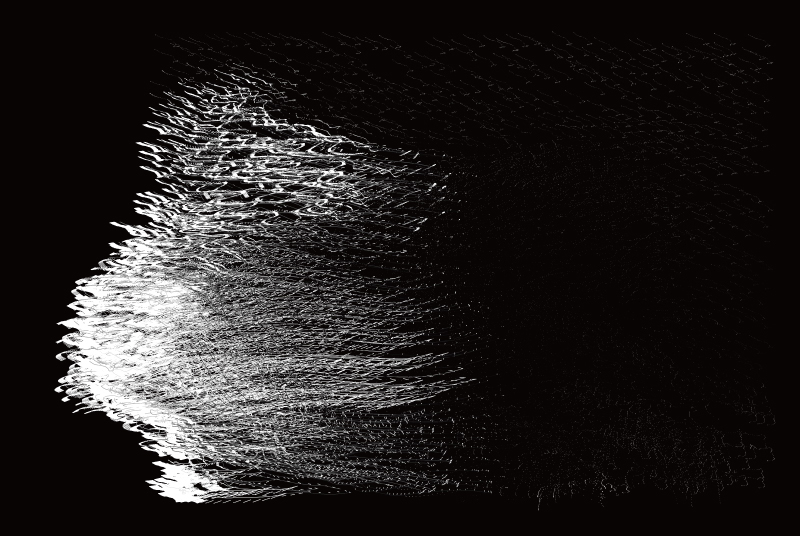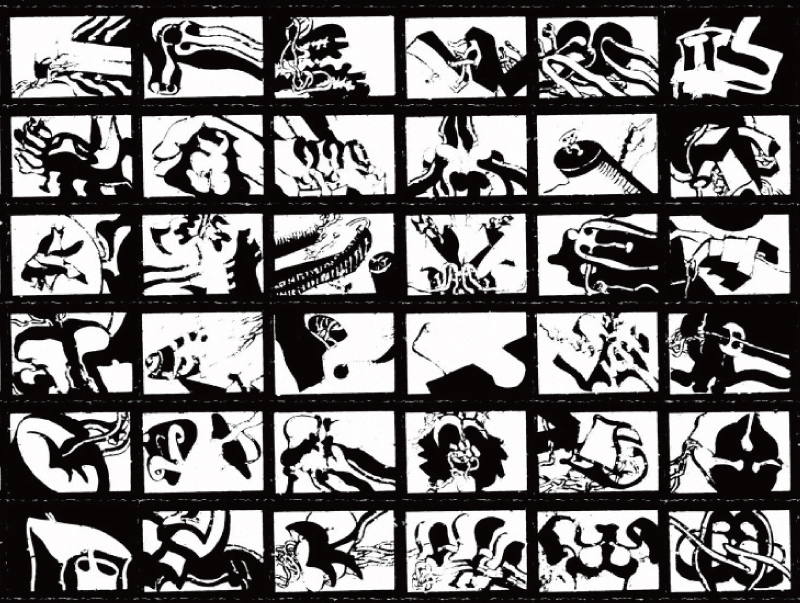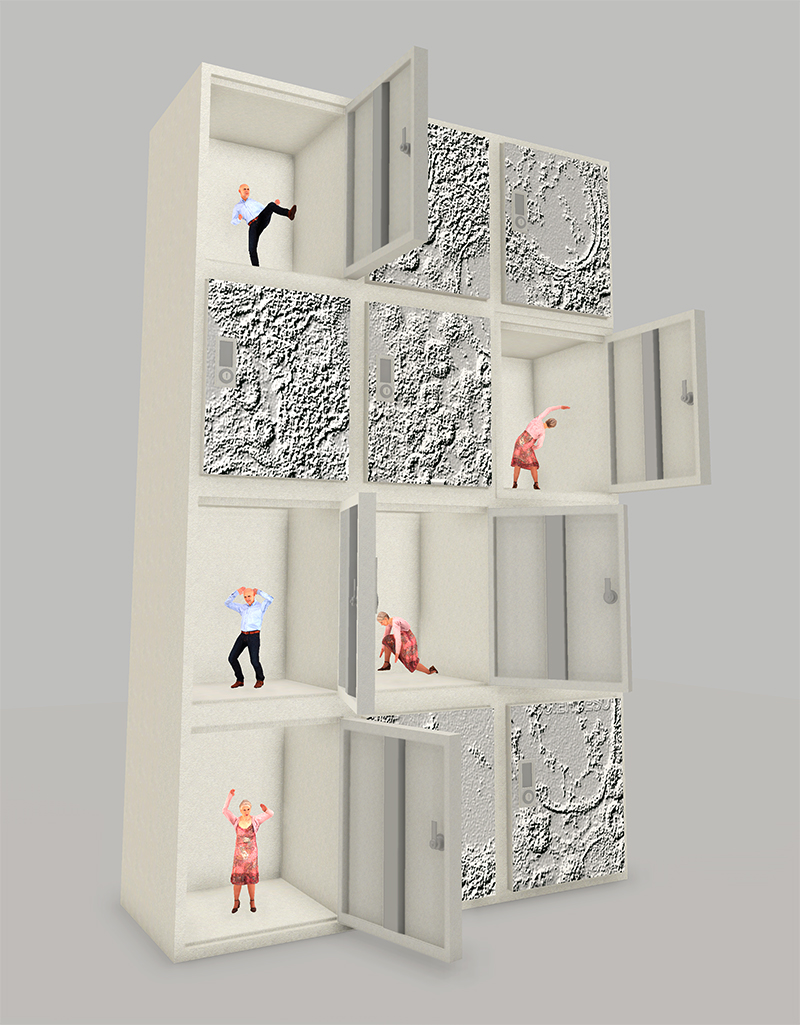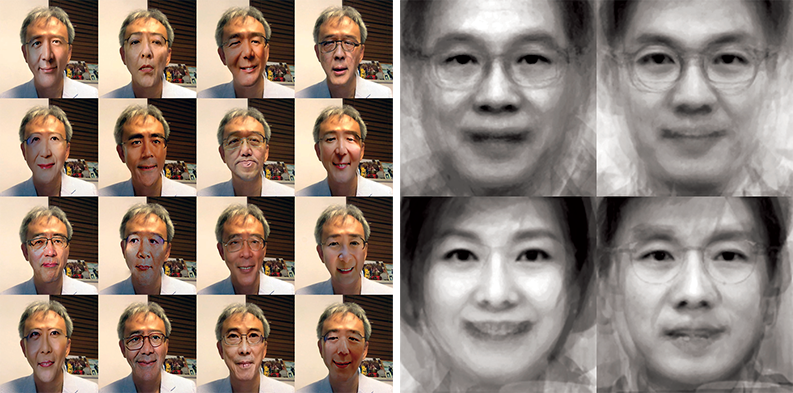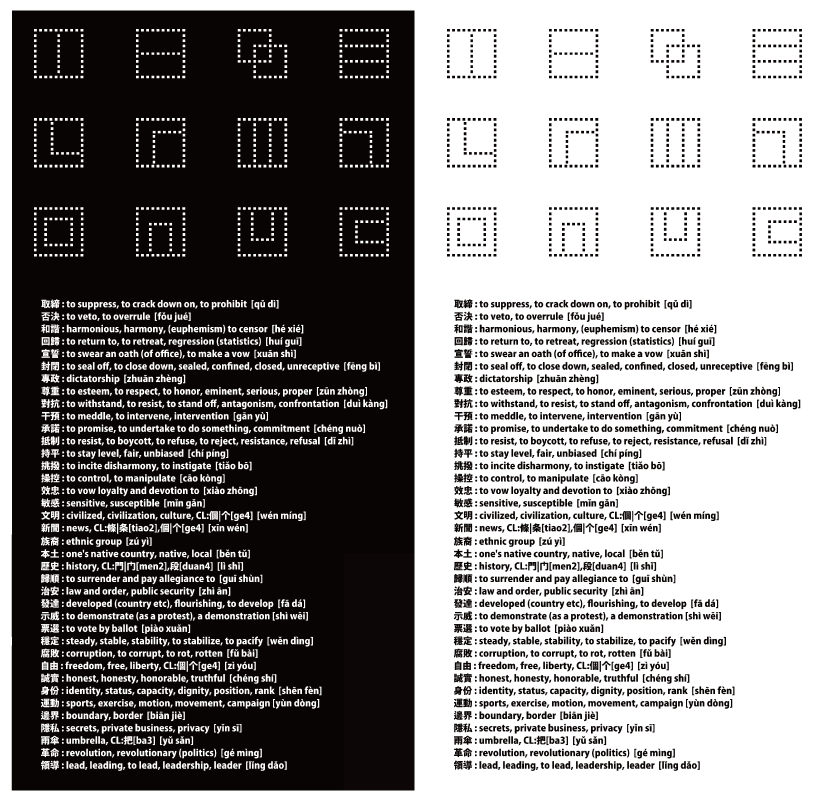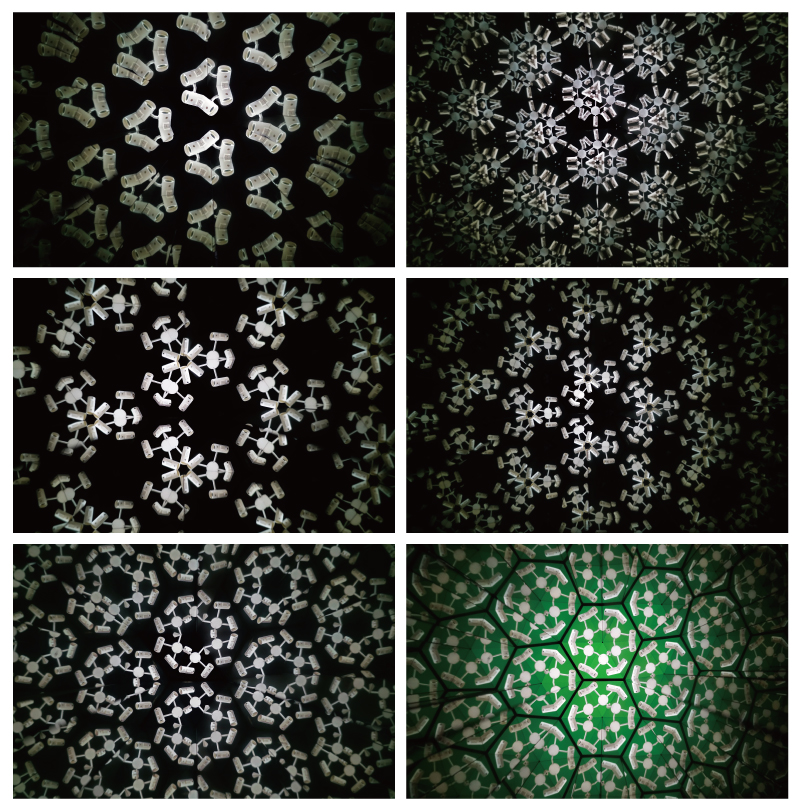The idea of computer art is not just any art that is made on a computer, like a poem written in Word; rather, it is art in which a computer’s capacities are exploited for achieving artistically distinctive ends. Some computer art is “generative,” that is, once programmed with a model, the computer continues indefinitely to create new patterns or forms of that model. Other computer art is “interactive,” where it is not only the artist, but the visitor, too, who through their own actions, helps determine the shape of the final output. Interactive artworks can take on many different forms, but they share the ability, which in computer art is automated, to adjust and respond to the viewer’s actions. In an era when computers can now automatically “recognize” and encode information about human agents, many computer artworks explore the process of seeing and being seen.
Cast: Natis le Renard; project manager: Ann Mak
Production team: Sam Chan, Charlie Yip, Eleanor Benayoun
VR integration ND Lab: Sam Chan, Tony Zhang, Tim Leung Kin Lok; Binocular design: Tobias Klein
360 video shooting, etc.: Eleanor Benayoun, Charlie Yip; production: NeuroDesign Lab, ACIM
Programmer: Sam Chan
Algorithmic interactive installation
Cast: Natis le Renard; project manager: Ann Mak
Production team: Sam Chan, Charlie Yip, Eleanor Benayoun
VR integration ND Lab: Sam Chan, Tony Zhang, Tim Leung Kin Lok; Binocular design: Tobias Klein
360 video shooting, etc.: Eleanor Benayoun, Charlie Yip; production: NeuroDesign Lab, ACIM
Programmer: Sam Chan
Algorithmic interactive installation

